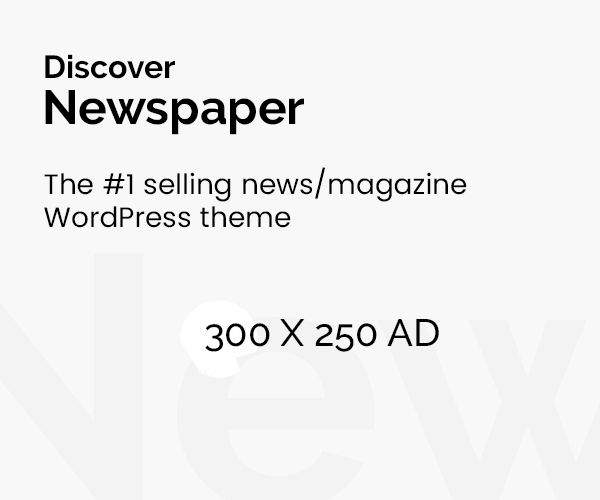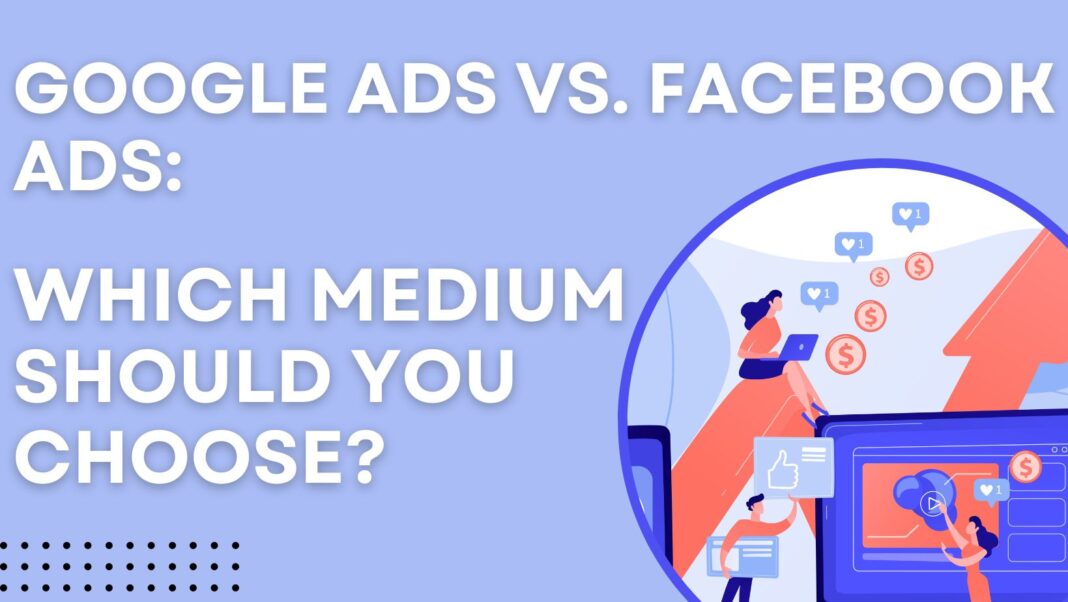In the digital marketing landscape, choosing the right advertising platform is crucial for achieving your business goals. Google Ads and Facebook Ads are two of the most popular choices available, each with its unique strengths and weaknesses. This article will delve into a detailed comparison of these platforms to help you decide which one best suits your needs.
Understanding Google Ads
What is Google Ads?
Google Ads is an online advertising platform developed by Google, where advertisers can display ads on Google’s search engine results pages (SERPs) and across its extensive network of partner sites. The platform primarily utilizes a pay-per-click (PPC) model, meaning advertisers pay each time a user clicks on their ad.
Key Features of Google Ads
- Search Ads: Text-based ads that appear on Google’s SERPs when users search for specific keywords.
- Display Ads: Visual ads that appear on websites within the Google Display Network, reaching a broader audience.
- Remarketing: Ads targeting users who have previously visited your website, encouraging them to return.
- Shopping Ads: Ads specifically designed for e-commerce businesses to showcase products directly in search results.
Advantages of Google Ads
- Intent-Driven Traffic: It captures users actively searching for specific products or services, leading to higher conversion rates.
- Extensive Reach: With billions of searches conducted daily, it offers vast exposure to potential customers.
- Robust Analytics: The platform provides comprehensive tracking and reporting tools, allowing advertisers to analyze campaign performance effectively.
Disadvantages of Google Ads
- Cost: Depending on the competitiveness of the keywords, costs can escalate quickly, making it challenging for small businesses with limited budgets.
- Steep Learning Curve: New users may find the platform overwhelming due to its complexity and extensive features.
Understanding Facebook Ads
What are Facebook Ads?
Facebook Ads is an advertising platform within the social media giant, Facebook, that allows businesses to promote their products and services to a highly targeted audience. Advertisers can create various ad formats, including image, video, carousel, and slideshow ads.
Key Features of Facebook Ads
- Targeted Advertising: Advertisers can target users based on demographics, interests, behaviors, and more.
- Ad Formats: Multiple ad formats are available, including stories, in-feed ads, and marketplace ads.
- Instagram Integration: Facebook Ads also allow for advertising on Instagram, extending the reach to a younger audience.
- Custom Audiences: Businesses can create custom audiences based on their existing customer data for retargeting.
Advantages of Facebook Ads
- Detailed Targeting: Facebook’s advanced targeting options allow businesses to reach specific audience segments, leading to more effective campaigns.
- Cost-Effective: Facebook Ads can be more affordable than Google Ads, especially for businesses with smaller budgets.
- Engagement Opportunities: The platform encourages engagement through likes, shares, and comments, which can help increase brand awareness and loyalty.
Disadvantages of Facebook Ads
- Lower Intent: Users on Facebook may not have the same intent to purchase as those searching on Google, potentially leading to lower conversion rates.
- Ad Fatigue: Users may experience ad fatigue from seeing the same ads repeatedly, leading to decreased effectiveness over time.
Comparing Google Ads and Facebook Ads
Target Audience
- Google Ads: Best suited for businesses targeting users with high purchase intent. It is likely the better choice if your products or services solve a specific problem.
- Facebook Ads: Ideal for businesses aiming to build brand awareness and engage with potential customers. If your goal is to reach a broader audience or create interest in your offerings, Facebook Ads may be more effective.
Cost
- Google Ads: The cost of it can vary widely based on competition and keyword selection. For highly competitive industries, costs can be significantly higher.
- Facebook Ads: Generally more cost-effective, with a lower barrier to entry. Advertisers can set budgets that work for their financial situation.
Ad Formats and Creativity
- Google Ads: Primarily text-based for search ads, while display ads allow for some creativity. However, the focus is often more on clear and concise messaging.
- Facebook Ads: Offers a wide range of visually engaging formats, allowing businesses to showcase their products creatively and capture user attention effectively.
Measurement and Analytics
- Google Ads: Provides robust analytics, including conversion tracking, click-through rates, and keyword performance, allowing advertisers to optimize campaigns effectively.
- Facebook Ads: Offers valuable insights into user engagement and demographics, but its conversion tracking can be less straightforward compared to Google Ads.
When to Choose Google Ads
Google Ads is ideal for businesses that:
- 1. Have a well-defined target audience actively searching for their products or services.
- 2. Aim to drive immediate conversions through high-intent searches.
- 3. Operate in industries where PPC competition is high and can justify the costs.
When to Choose Facebook Ads
Facebook Ads is suitable for businesses that:
- 1. Want to build brand awareness and engage with a broader audience.
- 2. Aim to showcase products visually and tell a brand story through creative content.
- 3. Have a limited budget and seek more affordable advertising options.
Integrating Both Platforms
For many businesses, utilizing both PPC and Facebook Ads can provide a comprehensive marketing strategy. By combining the intent-driven traffic of Google Ads with the engagement opportunities of Facebook Ads, you can create a balanced approach to reach potential customers at different stages of the buying journey.
Tips for Integration
- Consistent Messaging: Ensure that your messaging aligns across both platforms to reinforce your brand identity.
- Retargeting Strategies: Use Facebook Ads to retarget users who interacted with your Google Ads, keeping your brand top-of-mind.
- Analyze Performance: Regularly analyze performance data from both platforms to identify strengths and weaknesses, allowing for ongoing optimization.
Conclusion
Choosing between Google Ads and Facebook Ads depends on your business goals, target audience, and budget. Google Ads excels in driving high-intent traffic and immediate conversions, while Facebook Ads shines in building brand awareness and engagement. Additionally, if you are interested in enhancing your skills in this area, consider exploring digital marketing training in Noida, Delhi, Meerut, Chandigarh, Pune, and other cities located in India, to better understand how to leverage these platforms effectively. Ultimately, understanding the strengths and weaknesses of each platform will empower you to make an informed decision and develop a successful advertising strategy.







